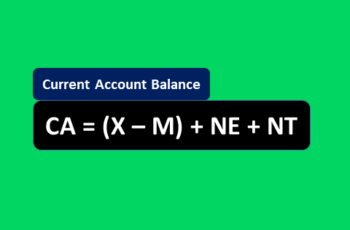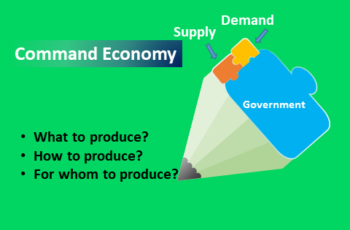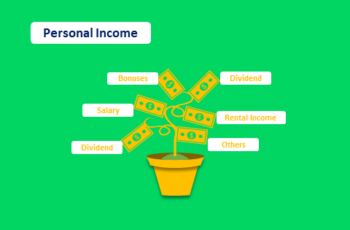The Labor Force Participation Rate (LFPR) is the percentage of all working-age residents who have jobs or are actively seeking employment in a country.
For example, the USA Labor Force Participation Rate is about 63%. It means that out of 100 Americans at working age 63 of them are working or seeking work.
A person is of working age who is above 16 and below the retirement age.
The people who are working or looking for work are called the labor force or workforce.
In other words, the labor force is the sum of employed and unemployed residents who are:
- at working age;
- willing to work;
- able to work; and
- seeking employment.
Everyone at working age is not part of the labor force or workforce. For example, the daughter of a rich person who is 18, is less likely to work. So, she is not part of the labor force.
In short, the following people are not members of the workforce who are:
- under 16 years of age;
- students who do not want to work;
- people who have family responsibilities that force them to stay at home; such as parents of kids and elder caretakers;
- discouraged workers;
- retired people; and
- not willing to work.
Labor Force Participation Rate Formula
In simple terms:
Labor Force Participation Rate = Labor Force/Total Working-age Population
In the United States, instead of the working-age population, the civilian noninstitutional population is used to calculate the Labor Force Participation Rate. Civilian noninstitutional population refers to people 16 years of age and older who are not inmates of institutions (prison, mental facilities, retirement facilities) and who are not on active duty in the Armed Forces.
The Importance of Labor Force Participation Rate
The indicator is about the working population is utilized.
A country that has a higher participation rate has less dependence on working populations. When more people are working, they together will have more disposable income which leads to the growth of consumer expenditures.
The Labor Force Participation Rate also indicates the development and living quality of a country. Generally, in developed countries more people are working and the unemployment rate is low. In contrast, in developing countries such as Afghanistan, few people are working more people are consuming and the unemployment rate is high.
However, the workforce participation rate ignores some critical facts such as those who hold more than one job and discouraged workers. In counting the labor force, those who have more than one job are counted as one ignoring the number of jobs. And those who are willing to work but discouraged to work are not counted at all.
The structure of society can change the workforce. If more young people are willing to pursue higher education, the Labor Force Participation Rate will drop. Or, if female participation in the workforce increases, this ratio will increase.
In the USA, the BLS releases the Workforce Participation Rate along with the unemployment rate, nonfarm payrolls, and average hourly earnings on the first Friday of every month.
This indicator alone does not have too much impact on the Forex market and the stock market because it does not change dramatically.
Top 10 Countries with the Most Labor Force Participation Rate
The International Labor Organization (ILO) is among the most respected organizations in the world that provides various statistics on Labor. It is a United Nations agency whose job is to advance social and economic justice and set international labor standards.
The ILO provides labor statistics based on age groups, gender, country, and region. I encourage you to visit its website.
However, the following table shows the total male and female Workforce Participation Rate in 2022.
| Number | Name of Country | LFPR |
|---|---|---|
| 1 | Qatar | 87.43 |
| 2 | Nigeria | 81.27 |
| 3 | Bolivia | 78.27 |
| 4 | United Arab Emirates | 77.37 |
| 5 | Iceland | 74.6 |
| 6 | Peru | 74.47 |
| 7 | Vietnam | 73.08 |
| 8 | Moldova | 72.53 |
| 9 | New Zealand | 71.32 |
| 10 | Paraguay | 70.58 |
Disclaimer: The above table includes only those countries with available data. There are a lot of countries where workforce data is not available about them. So, they are included.
Final Words
The LFPR is a metric that shows the percentage of residents working and seeking work relative to the total working-age population.
The Labor Force Participation Rate alone cannot impact the market. That is why investors use this indicator along with other indicators such as nonfarm payrolls and the unemployment rate to gauge the job market.




![Producer Price Index [A Comprehensive Guide] Producer Price Index [A Comprehensive Guide]](https://srading.com/wp-content/uploads/2023/10/Producer-Price-Index-350x230.png)

